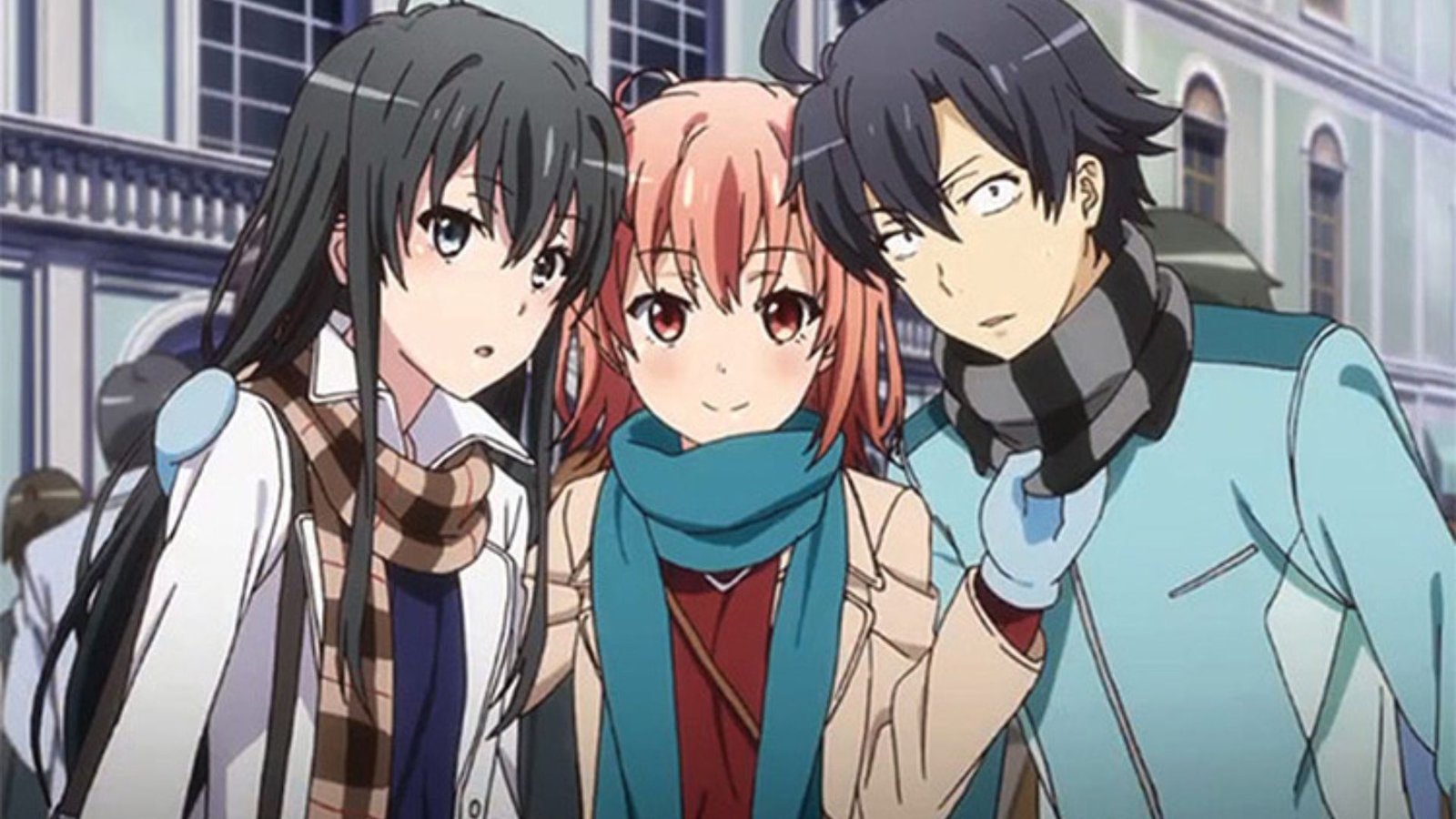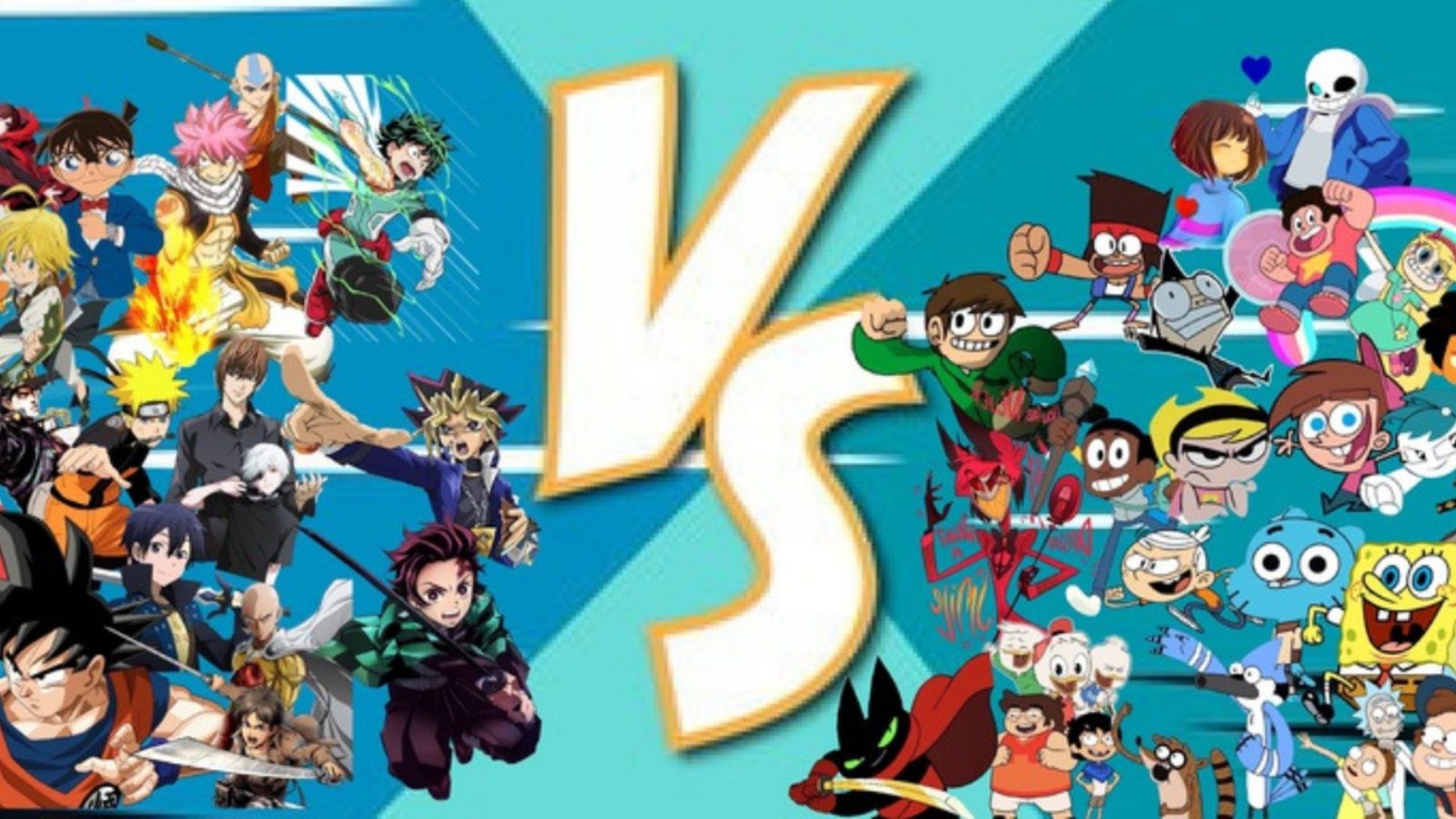When it comes to Japanese storytelling, three mediums dominate the landscape: anime, manga, and novels. Each offers its own unique approach to narrative, visual style, and audience experience. While all three are integral to Japanese pop culture, they cater to different preferences and provide distinct ways of engaging with a story. Understanding the differences between anime, manga, and novels can deepen your appreciation for these mediums and give you a better idea of which suits your tastes. In this blog post, we will compare anime, manga, and novels, highlighting their key differences in terms of format, storytelling, and impact.
1. What is Anime?
Anime refers to animated television shows, movies, or web series, typically produced in Japan. The word “anime” is short for “animation” in Japanese, but internationally, it’s used to describe a distinct style of animated works from Japan. Anime can be found across a variety of genres, from action and adventure to slice-of-life and romance.
Key Features of Anime:
- Animation: Anime is primarily characterized by animation, where stories are told through moving images and sound. The animation style can range from highly stylized to more realistic depictions.
- Visual Appeal: The character designs in anime are often expressive, with exaggerated facial expressions and colorful backgrounds. This allows for vibrant, dynamic action sequences.
- Narrative Structure: Anime episodes are typically shorter (around 20-30 minutes), and the story may be told across a series or movie format. Some anime are adaptations of manga or novels, while others are original creations.
- Audience: Anime caters to a wide range of age groups and demographics, from children’s shows to complex narratives aimed at adults.
Popular Examples:
- Naruto (Shonen)
- Your Name (Romance/Fantasy)
- Attack on Titan (Action/Fantasy)
2. What is Manga?
Manga is the Japanese term for comics or graphic novels. Unlike anime, manga is a printed medium that combines art and text, telling stories through sequential drawings. Manga is often serialized in magazines before being collected in volumes, and it’s a major part of Japanese culture.

Key Features of Manga:
- Illustrated Format: Manga is a two-dimensional art form that uses illustrations and dialogue in speech bubbles to narrate the story. It follows a panel-by-panel structure, with each panel driving the plot forward.
- Reading Direction: Manga is traditionally read from right to left, top to bottom, which is the opposite of Western comics. This can be a notable difference for readers unfamiliar with the format.
- Diversity in Genres: Manga covers a wide array of genres, including Shonen (young boys), Shojo (young girls), Seinen (adult men), and Josei (adult women), each catering to different audiences with distinct storytelling elements.
- Pacing and Detail: Manga offers a slower, more detailed reading experience than anime. Readers can take their time with the visuals, often appreciating the intricate artwork and detailed panels.
Popular Examples:
- One Piece (Shonen)
- Sailor Moon (Shojo)
- Tokyo Ghoul (Seinen)
3. What are Novels?
Novels, particularly those written in Japan, offer a traditional and expansive form of storytelling through prose. Unlike manga and anime, novels rely solely on written words to tell the story, and they often delve deeper into character development, inner thoughts, and complex plots.
Key Features of Novels:
- Prose-based: Novels tell stories through written language, using descriptive text, dialogue, and internal monologues to convey the narrative.
- Length and Detail: Novels are typically longer than manga and anime, allowing for more in-depth exploration of characters, settings, and themes. This makes novels ideal for readers who enjoy complex, nuanced stories.
- Pacing: The pacing of a novel can vary, with some novels moving quickly and others delving deeply into every detail. Novels also allow for more detailed exposition and exploration of themes.
- Visuals vs. Imagination: While manga and anime rely on visuals, novels leave much to the imagination, allowing readers to create their own interpretations of characters and settings.
Popular Examples:
- Norwegian Wood by Haruki Murakami (Fiction)
- The Tale of Genji by Murasaki Shikibu (Classic Literature)
- Kafka on the Shore by Haruki Murakami (Fantasy/Surreal)
4. The Differences in Storytelling
While anime, manga, and novels all serve to tell captivating stories, the way they do so differs significantly due to their unique formats. Here are some key points of comparison:
- Visual vs. Imagination: Anime and manga rely heavily on visuals to convey the story, while novels leave more room for the reader’s imagination. In anime and manga, the reader or viewer can see character designs, settings, and action sequences, whereas in novels, the reader must visualize these elements themselves.
- Pacing: Anime and manga tend to have faster pacing, especially with serialized content. Novels, on the other hand, can have a slower pace, as the author takes more time to develop themes, characters, and plotlines.
- Depth: Novels generally allow for more detailed exploration of internal monologues, thoughts, and emotions. Manga and anime tend to focus more on external actions, though they do delve into characters’ feelings through visuals and dialogue.
- Interactivity: Anime is a passive medium where viewers watch the action unfold. Manga and novels, however, engage the reader more actively, with manga requiring visual processing and novels demanding more cognitive engagement through reading.
5. Conclusion
Anime, manga, and novels each offer unique ways to experience Japanese storytelling, and their differences lie primarily in the mediums they use to convey the narrative. Anime provides visual and auditory immersion with animation, manga offers an illustrated experience that lets readers visualize stories at their own pace, and novels provide a deep, introspective journey through prose. While there are clear differences, each medium has its own strengths and appeals to various tastes. Whether you’re drawn to the dynamic action of anime, the intricate art of manga, or the rich prose of novels, all three are integral to the fabric of modern Japanese culture.











